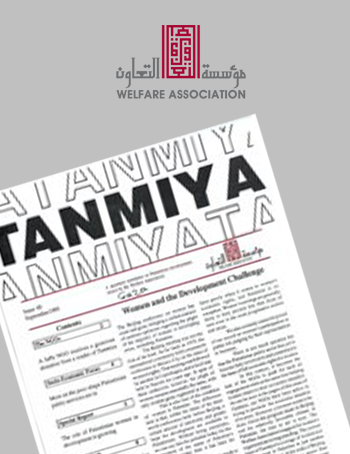
TANMIYA
Book Review
The Gaza Strip is a name familiar to millions outside the Middle East. It is also a name synonymous with an image of political turmoil, poverty hatred and violence. This book's highly informative style shows how violence and human misery are taking place in the land rich in history.
The current competition for the control of the Gaza Strip is the latest phase in a long saga of efforts to dominate the southeastern corner of the Mediterranean.
The Palestinians of Gaza have had to live with the indifference of the world at large and have been in the shadow of neighboring regions which have attracted international attention.
Much of Gaza 's historical heritage has been forgotten. However within these pages unfurls the richness of Gaza 's history. Continuously inhabited for more than 3,000 years at a key position of the region, Gaza has been a focus of myriad influences.
As well as considering the early period, the age of ancient and the Philistines of the Bible, accounts are given of Hellenistic, Roman and Byzantine times, and the coming of Islam. The interlude of the Crusades and the long period of Ottoman domination bring the story up to the First World War. The crucial history of Gaza in the 20th century is discussed in the period of the Mandate and the struggle within Israel. It ends with the intifada and the prominence of Gaza in the religions and secular movements dedicated to terminating Israeli occupation and the emergence of the Palestine state.
Gerald Butt was born and brought up in the Middle East. After graduating in Arabic and Middle East studies form the London University her worked for the Middle East Economic Survey prior to joining the BBC. He was the BBC Middle East correspondent based in Beirut from 1982 to 1987 and Jerusalem correspondent from 1987 to 1990. At present he is a freelance writer and broadcaster, and was based in Nicosia until 1995 when he moved to the UK.
Tanmiya - a quarterly newsletter of Palestinian development, issues by the Welfare Association. This article was published in Issue 40, September 1995.


